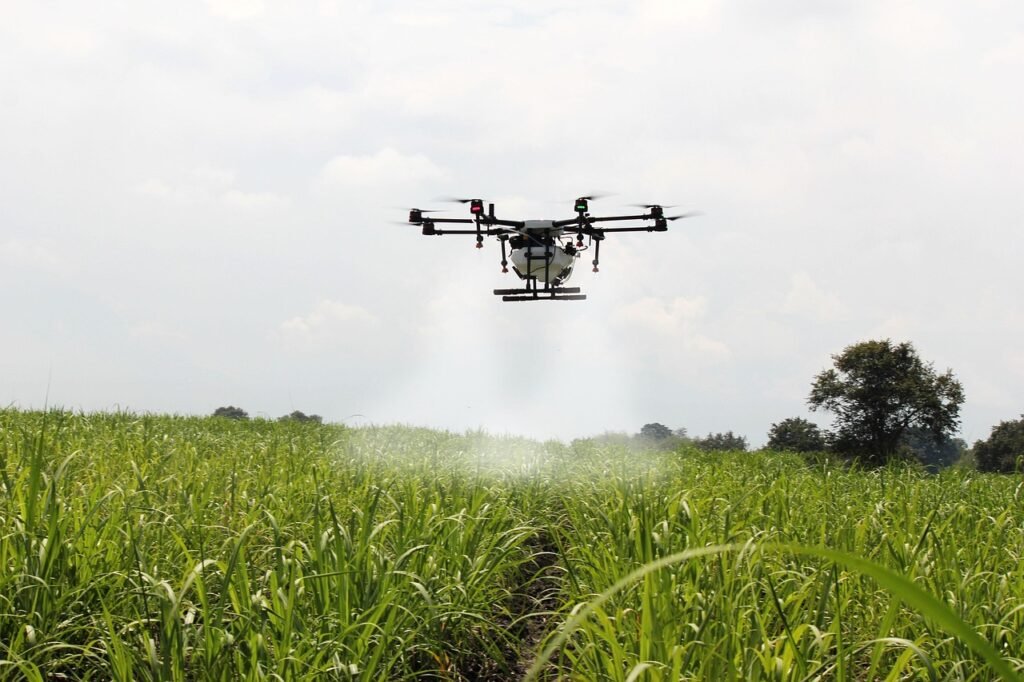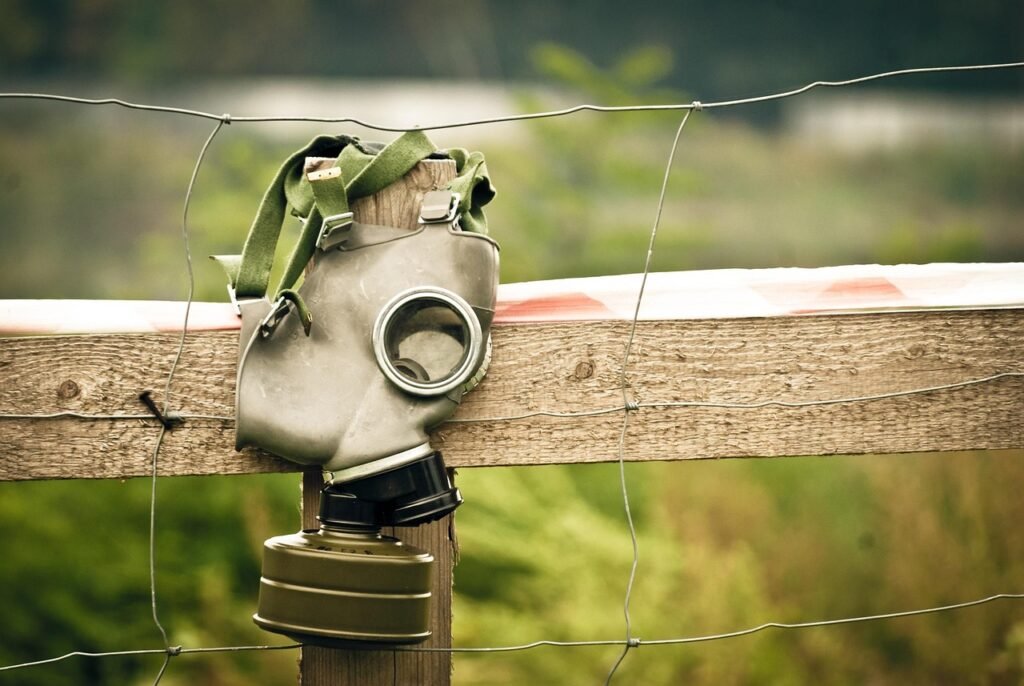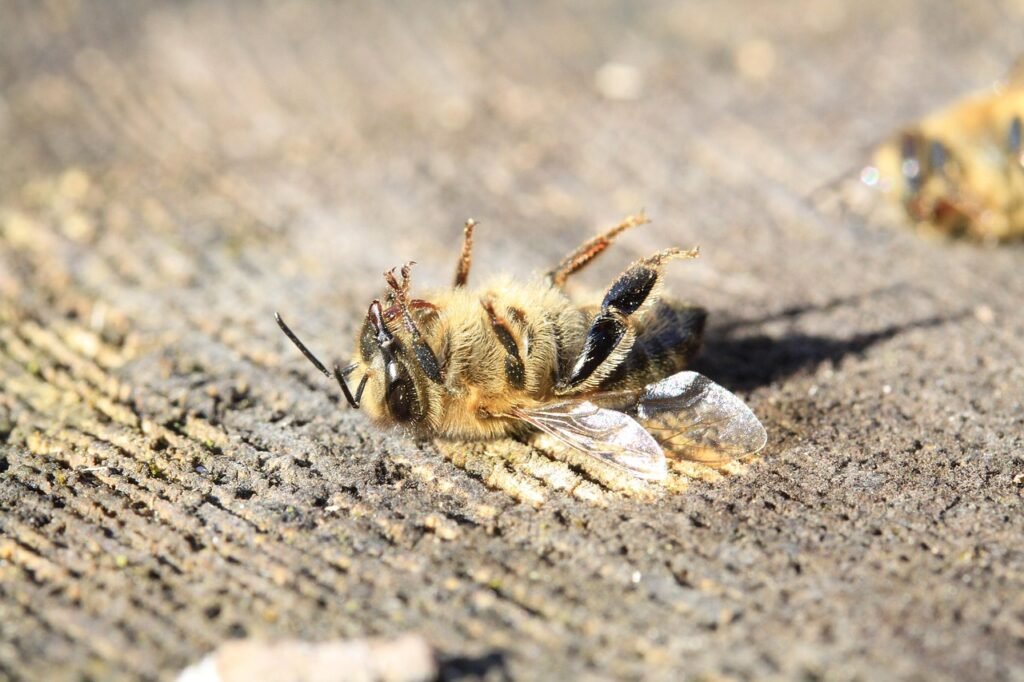
Regenerative farming has become a buzzword in recent years. Although the meaning is interpreted differently, it’s not a new concept in farming; it’s the way it always was among those that were successful.
It wasn’t until the early 1900s that farmers started relying on chemicals to fertilize their crops and combat pests. The end of WWI didn’t mark the end of the chemical manufacturing of toxic gases and liquids used in warfare, but instead it turned into a booming business for those who manufactured them, this time for a new customer. Farmers were sold on these “scientific advancements” that would improve crop viability and reduce pests in animal agriculture, and government agencies enthusiastically encouraged this. This time, the enemy was not the ones in uniform in trenches, but insects that were being battled against in the countryside crops of grain, fruit, and vegetables.¹

Although the fight against pests was easily won, and crops grew faster with chemical fertilizers like nitrogen, the loser of this battle is the collective health of Americans, and of those countries that modeled after our farming practices. The farmers who tend the crops and animals have been the worst casualties of this “war.”
Generational genetic mutations can be found in families in America’s farming belt, and grandparents who were exposed now have sterile grandchildren with a myriad of health problems.² (I have heard some of these unfortunate stories first-hand.) Studies that find correlations between proximity to conventional farms and age-related diseases like Parkinson’s are all too uncanny and alarming.
Pesticides and synthetic chemical fertilizers have also resulted in environmental disasters. Bees that are critical for pollinating many food-bearing plants have been severely threatened several times over.³ Rivers, lakes, and groundwater are contaminated, ecosystems teeming with unique flora and fauna, all threatened in the name of efficiency.

While some chemicals have been banned over the years and replaced with so-called “safer” or “organic” alternatives, these are not innocent. We have yet to see the full negative environmental and health consequences of a chemical war against natural challenges in farming. Conventional monocultural methods that are rebranded as “organic” are still not the ideal model of farming.
While regenerative farming draws from time-honored practices, it’s not simply about going back and neglecting technology and scale entirely. Greed and convenience have long stood in the way of farming in harmony with the land, and somewhere along the way, much of that wisdom was lost. This isn’t about nostalgia, it’s about finding what we lost along the way.
What is the alternative? A lot of us are not only wanting to figure that out for the sake of the earth and the health of all people, but some of us are willing to try to be part of the solution. Yes, we cannot feed the world with an abrupt change, but we can try to prove a model of small community farms feeding their community in conjunction with a global agricultural market. There just has to be a better solution than giving up and saying that the only way to food security is through conventional farming, which is a method that is only around a century old at this point in 2025. Did we not once feed the world through local farms, through community agriculture?
Why is conventional, monocultural farming so reliant on chemicals? Because growing miles of a single species of plant is highly efficient. It is also incredibly vulnerable to environmental exposure and pests.

Any decent gardener will tell you not to grow peppers next to tomatoes because they are susceptible to the same fungus that could wipe them out. Instead, they plant them at opposite ends or with non-susceptible plants. They may also tell you to always plant sunflowers and herbs among your crops to help control pests and fix soil imbalances.
The same is true for animals, and keeping multiple species of animals that cannot catch the same sicknesses but complement each other is the best way to stock a farm with efficient but responsible use of acreage. Diversification is nature’s best insurance policy against disease in agriculture.⁴
Common-sense agricultural wisdom has been thrown away in favor of efficiency. The reason is simple: profit. When stock markets began to include commodities like grain, larger and larger businesses began to eat up small farmers, promising contracts and perks. These farmers then became like serfs, happy to reduce their risk in exchange for autonomy and ownership. This is the main model of farming today, including many who call themselves “Family Farms.”
The downside to this is that as farmers lost their ownership, the demands became higher and their profits shrank. This is where you imagine the stereotypical farmer facing bankruptcy because the large poultry company cancelled the million-dollar contract that promised to buy their chicken, while they are left buried in debt that they hoped to pay with their harvest. This is not an imaginary scenario; it happens all the time in varying ways. Who is the one who gets their financial margins squeezed when prices of fuel and feed rise? The farmer takes a huge hit, and they have everything to lose.⁵
As first-generation regenerative farmers, we’ve been fortunate enough to be starry-eyed about farming and holistic practices, allowing us to jump in without hesitation. It just makes sense. When we are challenged by those who call the philosophy of regenerative farming unrealistic, we just keep proving that it is possible to make a difference in the world through action. The harvest we bring to our communities is the proof of concept, and there are many others like us in our pursuit.

No matter the farming method, a farmer is bound to run into obstacles and loss because of the delicate nature of keeping things alive. Farming, ranching, shepherding. But farming the regenerative way requires a relentless belief that nature has its own way of solving problems; our role is to steward what we have by providing the conditions it needs to thrive. When we rush the process with chemicals and push production beyond natural limits, rather than respecting constraints, we fall into one of the biggest pitfalls of commercial and factory farming: creating a weaker environment where the land and animals become increasingly dependent on unnatural intervention to survive. Stewardship requires careful tending, not overintervention.
Giving back to the earth more than we take is the heart of Regenerative Farming.
— Candace
First-generation farmer and Co-owner of Lilly Valley Farm
✅ Footnotes
¹ Russell, E. (2001). War and nature: Fighting humans and insects with chemicals from World War I to Silent Spring. Cambridge University Press. https://doi.org/10.1017/CBO9780511511806
² Sanborn, M., Cole, D., Kerr, K., Vakil, C., Sanin, L. H., & Bassil, K. (2007). Systematic review of pesticide human health effects. Canadian Family Physician, 53(10), 1704–1711. https://www.ncbi.nlm.nih.gov/pmc/articles/PMC2231435/
³ Goulson, D. (2013). An overview of the environmental risks posed by neonicotinoid insecticides. Journal of Applied Ecology, 50(4), 977–987. https://doi.org/10.1111/1365-2664.12111
⁴ Altieri, M. A. (1999). The ecological role of biodiversity in agroecosystems. Agriculture, Ecosystems & Environment, 74(1–3), 19–31. https://doi.org/10.1016/S0167-8809(99)00028-6
⁵ MacDonald, J. M., & Hoppe, R. A. (2017). Large family farms continue to dominate U.S. agricultural production (EIB-185). U.S. Department of Agriculture, Economic Research Service. https://www.ers.usda.gov/publications/pub-details/?pubid=86198